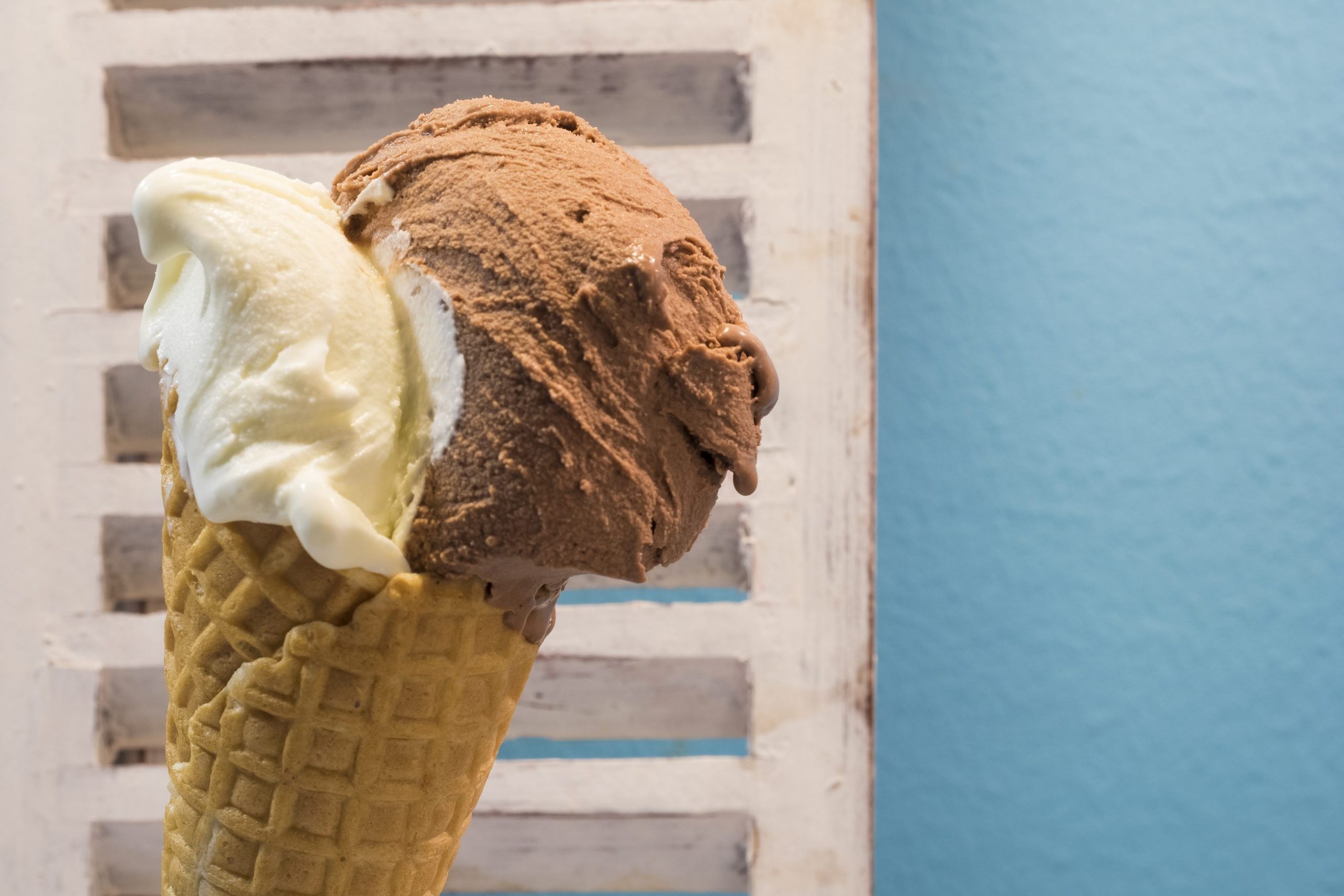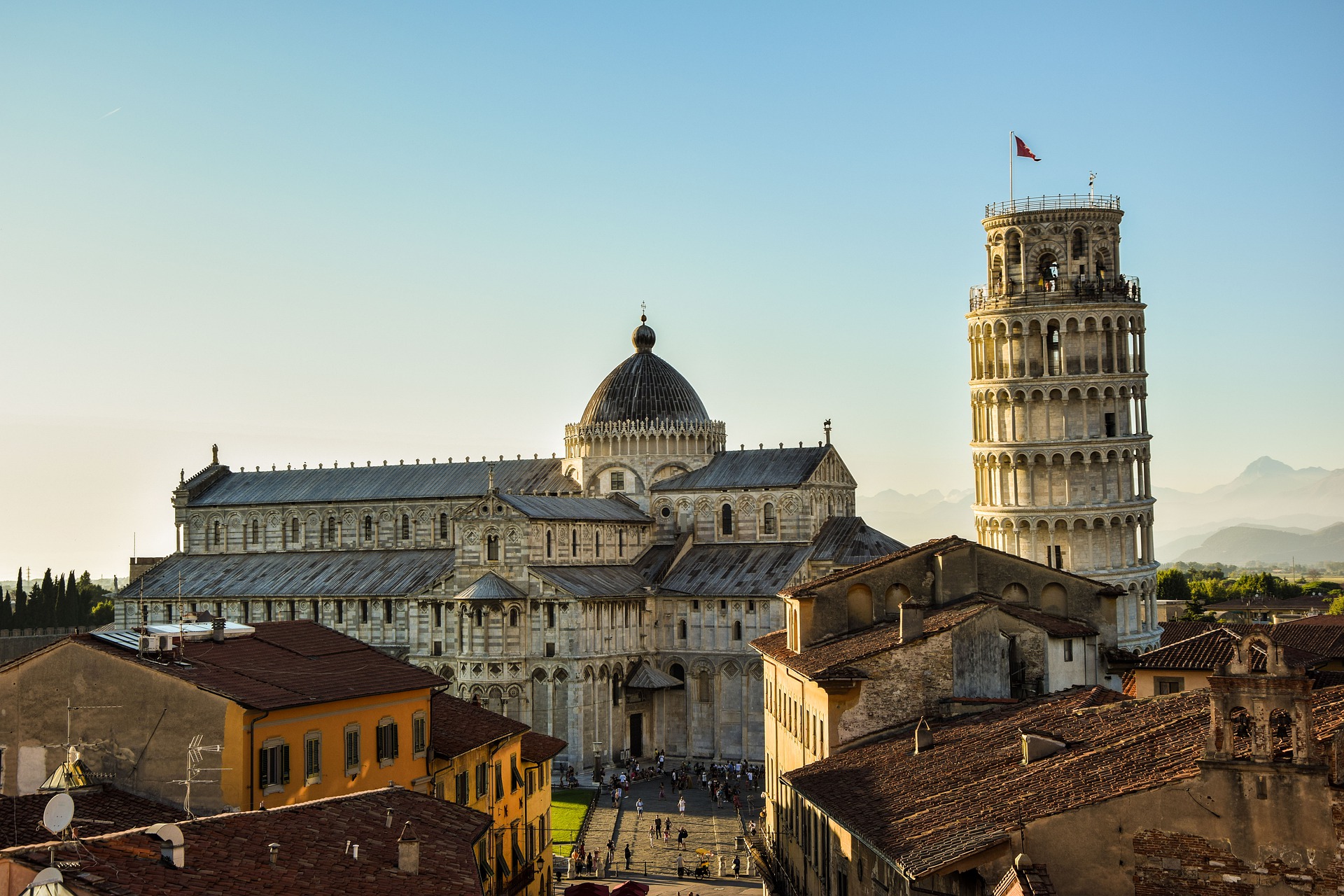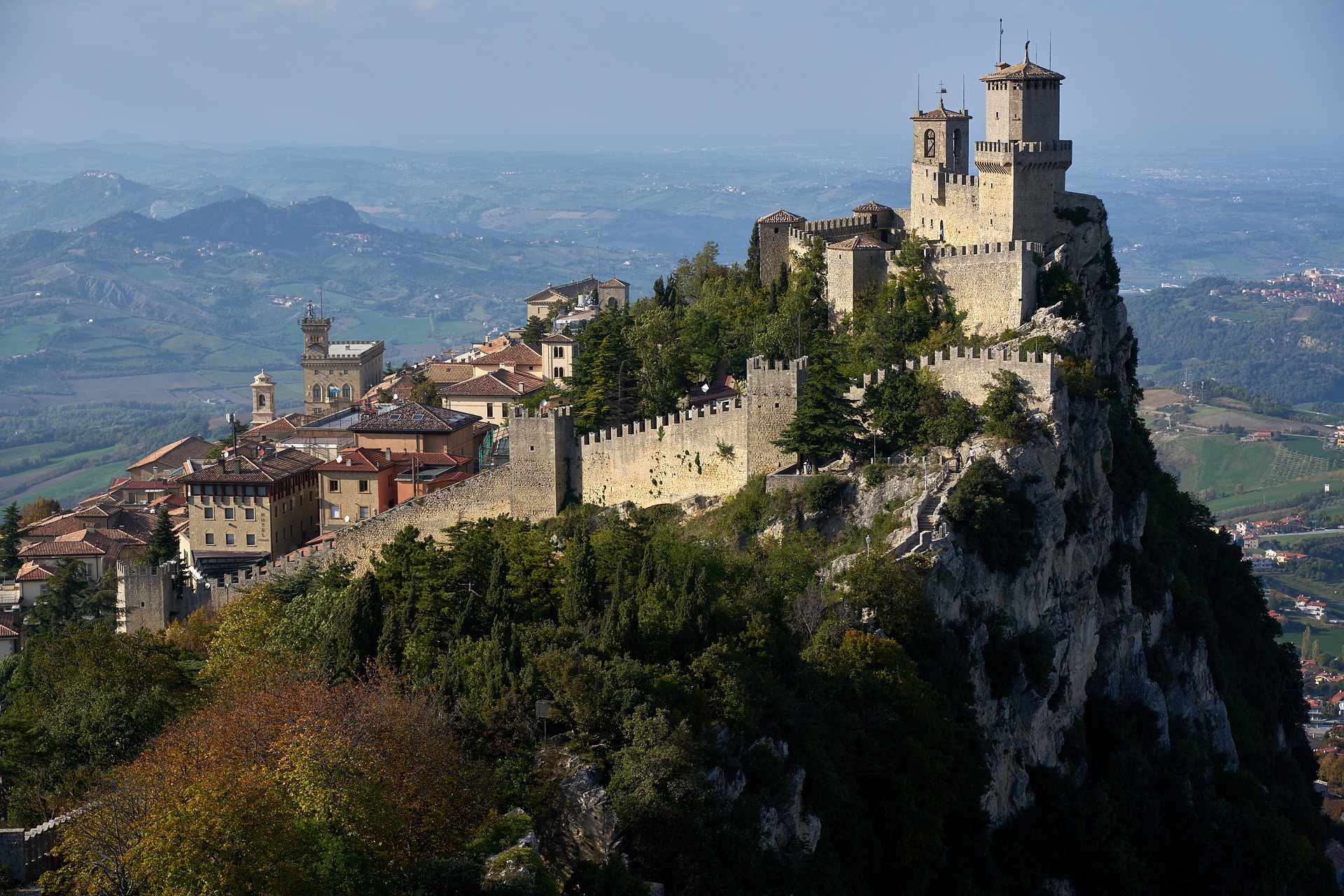As I was planning another trip to Italy last year, one of my Roman friends told me about a keyhole on Colle Aventino (Aventine Hill) in Rome, from which you could see the dome of St. Peter’s Basilica. A few months later I was watching the Oscar-winning film La Grande Bellezza and was surprised and delighted when the main character looked through the very same keyhole in the movie! And so one sunny day in Rome when I happened to be alone with no specific plans, I decided to go and see it for myself.
The woman at the front desk at my hotel had told me – when I gave her a vague description of what I was looking for – that the place I was looking for was Giardini degli Aranci, “Garden of the Oranges”, and that anyone could tell me how to get there. Unfortunately, Giardini degli Aranci wasn’t at all what I was looking for, though I didn’t find that out till I arrived there, and I didn’t arrive there without getting completely and totally lost in the Travestere.
After over an hour of wandering aimlessly and asking people for directions (when I mentioned “Aventino” or “Giardini degli Aranci” – because I still thought that’s where I was supposed to go – everyone I asked looked at me like I was crazy), I remembered I had activated data service on my phone for this trip. Cursing myself as a complete idiot, I opened up Maps, found Giardini degli Aranci, and made my way there.
Giardini degli Aranci (also known as Parco Savello) sits right next to the Basilica of Santa Sabina, its entrance marked by a stone archway. Legend says that Saint Dominic, a Spaniard, gave the garden its name and its first orange tree. Having transported the sapling from his homeland, he planted it close to the cloister of a church where it flourished. The tree remains to this day, visible through a “porthole” in the wall of the nave. Miraculously, a younger sapling grew on its remains, which continues to bear fruit. There’s also a legend that says that Saint Catherine of Siena picked the oranges from this ancient tree and made candied fruit to give to Pope Urban VI.
I followed a segway tour through the arch and, even though it was chilly outside, was met by a large group of fruit-filled orange trees. I walked through them, looking for the gate that might contain the keyhole, but instead only found a large concrete overlook.
Though the view of Rome was immense and impressive, it wasn’t what I had been looking for. Whipping out my phone, I Googled “keyhole view of Rome” and found it: it was very nearby, fortunately, and known as “The Keyhole of the Knights of Malta”.
Wait… who?? A little more Googling and I had my answer.
The Knights of Malta are a sovereign power with no territory. They are all that is left of the former monastic order of the “Knights Hospitaller” which was created during the Crusades to protect pilgrims in the Holy Land. They used to control Malta (a country composed of seven islands in the Mediterranean Sea) until they were expelled by Napoleon in 1798. Even now that there is, again, an independent Republic of Malta on those seven Mediterranean islands, the order bases itself in Rome, where they have been since 1834. They have their own passports and coinage, diplomatic relations with over 100 countries and permanent “observer” status at the UN. Their goal, as an order, is to provide humanitarian and medical aid, similar to the Red Cross.
I exited Giardini degli Aranci and followed the new pin in my Maps app to the right till I arrived in a small square, Piazza dei Cavallieri di Malta (“Square of the Knights of Malta”), which is home to the Villa del Priorato di Malta, the main residence of the Order. The central portal of the villa is a large wall of white stone, faux “windows” carved into it with a very large, arched green door in the center.
I was lucky: there were only a few people in the piazza that day. There was no line in front of the door to look through toward the Basilica. There was ONE person there, though, and it was a good thing – no signs marked the infamous keyhole. In fact, there was no indication that anything significant was in the square at all. If someone hadn’t rested their bike against the door as they bent over to squint, I might’ve found myself testing out every quarter-sized hole in the square!
Then the cyclist peddled off and I approached the door, leaned over, closed one eye and – bam! There it was! The dome of St. Peter’s Basilica! Hedges on the other side of the portal arched over and around it, perfectly framing the dome where it stood, all the way on the other side of Rome. Absolutely amazing!
I tried to take a picture but my little point-and-shoot camera wasn’t quite up to the task. Others with more professional equipment – or perhaps just more skill – have succeeded in capturing the engineered phenomenon, though. The image in my mind is so clear, it’s all I need to remember.
The one thing I haven’t been able to find out – no matter how much Googling I do – is why The Knights of Malta created the keyhole in the first place. Perhaps its meant to be a mystery…
Jessica is a travel enthusiast and entertainment executive living in Los Angeles. Her independent travels through Italy have inspired her travel blog, www.OneDayInItaly.com































